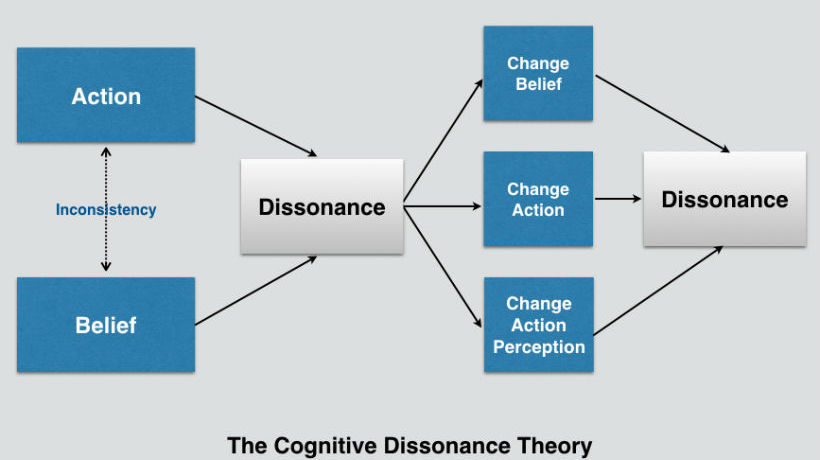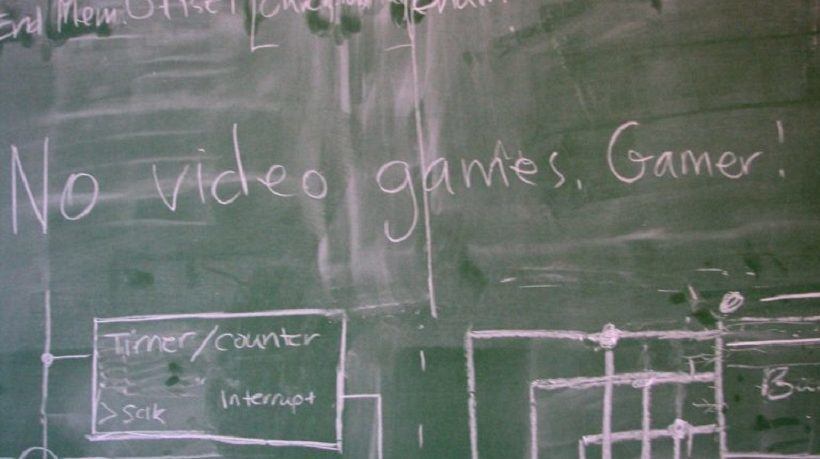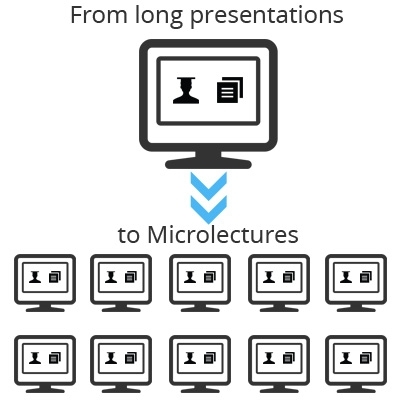How To Overcome Cognitive Dissonance In Corporate Training
This discomfort is known as cognitive dissonance, and it can cause individuals to disregard new pieces of information conflicting with their previous beliefs, or not act upon new information even though it is accurate. The right way to reduce or resolve cognitive dissonance is to alter your beliefs or attitudes to avoid the discomfort, pressure, and tension that cognitive dissonance causes. When cognitive dissonance occurs during training, it can cause employees confusion, stress, and of course, a tendency to disregard the information presented in training. This can negate learning and render training unsuccessful. This is why it is important to help employees/learners overcome cognitive dissonance during training. In this article, we’ll discuss how organizations can do that.
Understanding The Cognitive Dissonance Theory
Before we discuss ways to resolve or reduce cognitive dissonance in your employees during training, it is important to understand the cognitive dissonance theory proposed by Leon Festinger, an American social psychologist in 1957. In this theory, he also proposed the principle of cognitive consistency, which suggests that human beings have an inner drive to hold all our attitudes and behavior in harmony and avoid disharmony or dissonance. Thus, whenever there is a dissonance in our thoughts, beliefs, or behaviors, something must change to eliminate that dissonance. Controlling what this “change” is the key to resolving cognitive dissonance.
To reduce cognitive dissonance in training, the training should focus on changing 3 things:
- Changing one or more attitudes, beliefs, or behaviors in a way as to make them consonant with the other one.
- Acquiring new information that resolves the old dissonant belief, behavior, or attitude without a doubt.
- Reducing the importance of the dissonant belief, behavior, or attitude.
Let us now discuss how to do that.
1. Changing Beliefs, Attitudes, Or Behaviors
In order to change an individual’s beliefs, attitudes, or behaviors (thought patterns), you must help them acknowledge that the said thought pattern is unproductive and that they must unlearn it to create new and productive habits. The best way to do that is to demonstrate the problems caused by the said thought pattern. This can be done using videos, simulations, branching scenarios, or demos in your digital learning program. Cognitive dissonance can only be resolved by the person experiencing it, and that cannot be done until the person realizes that one of their thought patterns is wrong and that they must make an effort to correct it.
2. Acquiring New Information
Another way to resolve dissonant beliefs is to provide learners with information that outweighs said belief. But in order to change an individual’s mind about an old, fast-held belief, the source of the new knowledge must be impeccable. For example, if a person believes that smoking is not harmful and that research is inconclusive as to the fact that smoking causes cancer, they need to be provided with journals and studies that prove beyond a doubt that smoking indeed causes cancer and that they need to quit. Provide learners with resources such as links to scientific journals or papers in your digital learning program that reinforce the information provided.
3. Reducing The Importance Of The Dissonant Belief
Finally, you can also resolve cognitive dissonance in an individual by convincing them that their belief is not as important or serious as they have made it up to be. This can be a little difficult, as fast-held beliefs become a part of a person’s identity and are very important to them. However, by asking thought-provoking questions in a progressive manner that helps them realize that their belief is actually not as important as they have made it out to be in their heads, you can resolve the cognitive dissonance in them. For this, you’ll have to ask them to reflect on their beliefs, find out where they’re coming from (the root cause of the belief), and then help them chisel it down. Help them accept the aspects of the opposite belief one by one, help them find a middle ground and their fast-held belief will begin to lose power.










